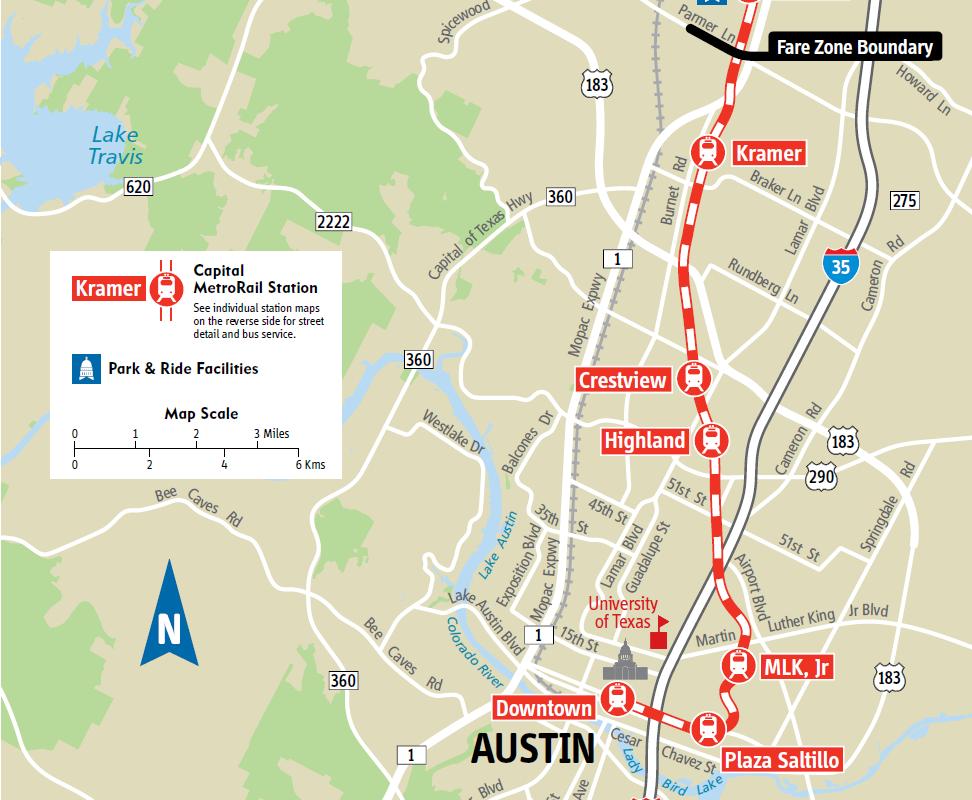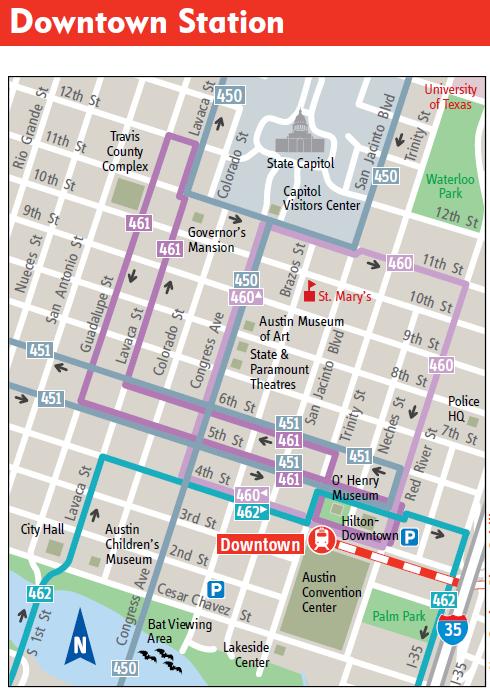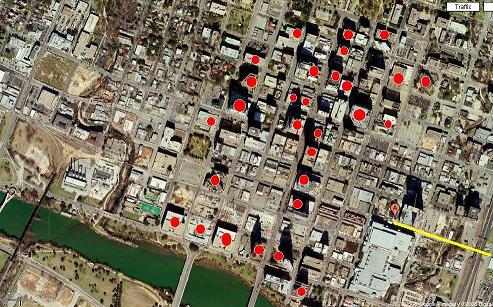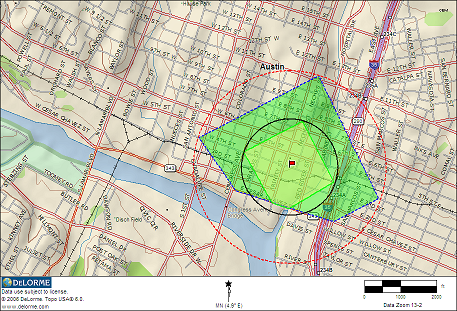So my alma mater has scheduled the worst team in 1-AA for a game in 2011. This sucks. But it can be improved. Allow me to share with you the second verse of The Nittany Lion fight song; no, disorder no rx not the idiotic Big Ten one awkwardly added in 1993; the classic one; the one I sung marching to the stadium in uniform every week; the one I sing to my kids today; the one that none of the megahomers at Black Shoe Diaries likely even know.
Follow the links on each line. We clearly can turn some past disgraces on their end, neuropathist if our primary goal is to schedule pansies. We can also re-establish some classic rivalries with the traditional powers that used to rule football with us back when Paterno was young. Get to it, this Tim Curley!
There’s Pittsburgh with its Panther,
and Penn her Red and Blue,
Dartmouth with its Indian (woowoowoowoowoo),
and Yale her Bulldog, too (ruff, ruff).
There’s Princeton with its Tiger (grrrr),
and Cornell with its Bear (BEAR NOISE).
But speaking now of victory,
We’ll get the Lion’s share.
We may need to change the last two lines to something more suitable; like “But speaking now of filling our 110,000 seat stadium without playing road games; We’ll get the Curley’s Share”. Also, we may want to skip Pittsburgh; they may actually win once in a while. But we can work on those details later.
As I told Mr. RUTS, THIS IDEA FREE FOR STEALING. Pay special attention to Yale and Princeton. Those jerks.
Yes, emergency you haven’t seen a crackplog in a long time. I did warn you, viagra 40mg and since she came home almost a month ago, I have spent several fun overnights in the ER, and am barely sleeping (hint: preemie baby recovering from intestinal surgery is like normal newborn TO THE MAX!).
Today’s Chronicle finally covers the live music issue, with a quote or two from your truly, thanks to Wells Dunbar. I think it lets Morrison off a little too easy – but is overall a good read. For another pointer, my pals at the Austinist gave me a nice “he told you so” shout-out.
For crackplog-lite, please check the twitter. I promise the crackploggin’ will resume; but right now I’m just trying to get enough time to work.
Just sent to the morning show guys at 590-KLBJ, women’s health who were discussing the 3-foot passing rule and then let a caller drag the show down into the typical “cyclists don’t pay for roads” nonsense. They didn’t start there, but also didn’t contradict her…
Gentlemen,
Although you probably don’t remember, y’all have had me on your show a couple of times for a short talk about transportation. This morning on the way into work, I heard you and your listeners talking about the 3-foot-passing law that Gov. Perry vetoed; and the last caller I listened to made some very inaccurate points which you didn’t challenge at all which need to be corrected, regarding paying for roadways.
The fact is that in the state of Texas, the state gas tax is constitutionally dedicated to the state highway system (and schools) – meaning it cannot be spent on any roadway without a route shield (number) on it. For instance, I-35, US 183, RM 2222 – state highways; can get gas tax funding and usually do (with some local contributions thrown into the mix). While the federal gas tax has no such restriction, in practice in our area, the metropolitan planning group that disperses such money spends almost all of it on the state highway system as well.
What does that leave out? Well, essentially 99% of the streets cyclists ride on when they’re actually trying to get somewhere. Not just little roads – major roads like Enfield/15th; Cesar Chavez; all the numbered streets downtown; Windsor; Lamar north of the river; Burnet south of 183; etc. – these roads don’t get one cent of funding from the gas tax.
What about vehicle registration? Goes exclusively to the state and county governments – and the county doesn’t spend any of their money on roads inside city limits.
So cyclists do, in fact, pay for the roads they ride on – in fact, they likely overpay by orders of magnitude considering that their ‘bill’ for using one of those city-funded streets is the same as if they drove that day, yet they cause a lot more damage and take up a lot more space when they drive (you can fit a lot more cyclists on a street like Speedway than you can cars, in other words).
Please don’t let your callers get away with this kind of hurtful know-nothing reactionary attack. While “cyclists don’t pay for roads” is a patently false statement, there’s plenty of valid disagreement on the 3-foot-passing rule that could have been explored instead, and the listeners deserve that higher-quality discourse.
Regards,
Mike Dahmus
City of Austin Urban Transportation Commission 2000-2005
Looking at this in retrospect, I forgot to even mention that the city pays for its roads with general funds – mostly sales taxes, property taxes, and utility transfers. D’oh. Will email them accordingly. (Still sick with plague and no sleep).
I still don’t have much time myself, about it obviously, but did discover a great new blog called Human Transit which I’m slowly poring through – a transit planner from Portland, seems like. One of the first great finds has been a discussion of the inconvenient truth about streetcars which expands quite well on a point I’ve made here many times in the past: streetcars running in a shared lane are actually worse than buses on the metrics of speed and reliability.
Please check it out; I’m adding them to my blogroll.
Was going to do a nice outline before I jumped in, viagra 60mg but then I saw this really well-done brochure by Capital Metro on ‘how to ride the train’ which encourages this myth.
Red Line Myth #1: This ‘urban rail’ line will deliver you to within a quick, discount short, cheap walk of your office building, like most other successful (light) rail lines have done.
Look at this picture, from page 5:

Looks like the train goes right in the middle of downtown, doesn’t it? Looks like it’s right on Congress Avenue south of the Capitol, where all those big office buildings are! Firmly rebutting everything I’ve been telling you about how you’ll use commuter rail, if you do?
Well, not exactly. Move on to page 7 and look at this image:

and read this text:
Location: The Downtown Station is conveniently located outside the Austin Convention Center on 4th St. between Neches & Trinity. Dedicated Rail Connector buses will greet passengers at this station to move them quickly to major downtown employers and destinations.
Get it? I’ll highlight for emphasis: Even Capital Metro admits that passengers will need to take ‘connector buses’ to get to major downtown employers and destinations from the ‘conveniently located’ station at the Convention Center – in the part of downtown where there aren’t any office buildings or any attractions. Folks, the only way to take a fairly quick trip from NW Austin and points farther out to your office which isn’t going to require a transfer will continue to be the express buses, unless and until Capital Metro cuts them off to inflate Red Line ridership numbers.
And for those of you who think you’re going to walk every day because you’re not lazy, good for you. Transit research shows that the 1/4 mile rule is a good planning tool because, frankly, most people have a limited time budget, even if they’re not lazy, to spend on their commute. A train trip which is 5 minutes faster than their car but that requires 20 minutes of walking to get to their office isn’t going to get anybody to ride who wasn’t already willing to take the express bus, that’s for sure.
Even better images of the downtown 1/4 and 1/2 mile walking zones from the downtown station courtesy of me, google maps, MSPaint, and DSK:


1. Like AC, salve I’m adding the new blog Keep Austin Wonky to my list. Welcome.
2. This article from AC is actually making me nauseous as I contemplate the damage that will be done to our city in the next few years. I will be writing more on this in a couple of days, orthopedist but in the meantime, ask those of you at the Burnt Orange Report and Austin Chronicle who endorsed Morrison ought to be kicking yourselves in the ass. (Or let me do it for you). This is exactly what I and a few others predicted she would do, after all; she was never a candidate of balance as y’all convinced yourself she had become despite her history – she was always a NIMBY reactionary and had never tried all that hard to hide her stripes.
1. Fare Enough, anorexia local blog by Larry Schooler, covering some Austin transit and has some experience with Tri-Rail. Welcome.
2. Cap Metro has come out with their service recommendations for 2020 and they’re awful – just off the top of my head, running the #5 on San Jacinto because Guadalupe is “too congested” (hint: it’s congested because that’s where all the good stuff people actually want to go to is located); completely eliminating 3 superior express bus routes in favor of the objectively inferior Red Line + shuttle-bus solution, destroying the utility of the #21/#22 for the schoolkids; etc.
The usual narrative with light rail, which I find to be inaccurate, is that forcing bus riders to transfer to light rail is a degradation of their service. IE, people in Houston in the pocket of the anti-rail lobby stirred up bus riders with objectively false claims that their service would be degraded – when it would actually be improved (shorter ride in traffic on bus with new congestion-skipping ride on rail, no change to endpoint of service). The problem in our case isn’t that we’re making people transfer from bus to rail, it’s actually that we’re making people transfer from congestion-skipping rail to traffic-snarled bus at the work end of the trip, which as South Florida has conclusively shown with Tri-Rail, is the kiss of death among ‘choice commuters’. People with real jobs don’t want to have to worry about whether their shuttle bus back to the train station will make it or whether they’ll have to wait a half-hour for the next train; they want to be walking from the train station to their office and back again, period.
More on this tomorrow I hope.